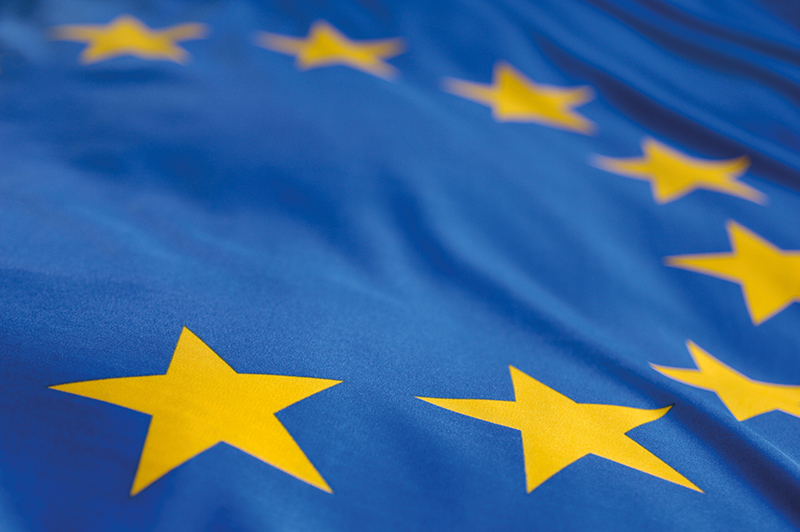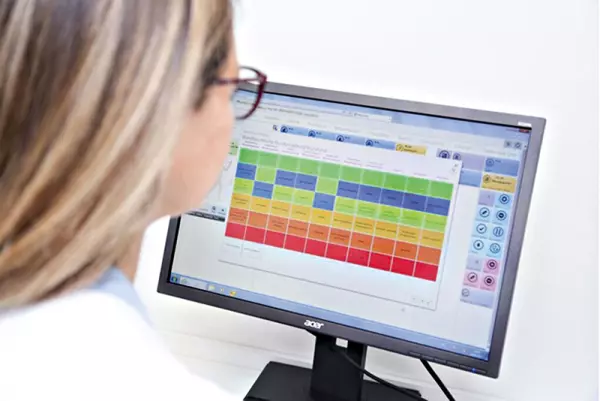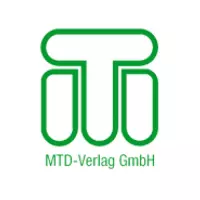
(09/2020) by Hans-Peter Bursig (ZVEI professional association manager for electromedical technology)
On July 1, 2020, Germany took over the EU Council Presidency for six months. This also includes the presidency of the Council of EU Health Ministers. With the beginning of the Sars-CoV-2 pandemic, questions of health care in Europe and questions of the availability of medical devices and drugs have become the focus of attention.
In a first step, the EU member states and the European Parliament decided to postpone the start of the new EU Medical Device Regulation (MDR) by one year to May 2021. This prevented medical devices that are urgently needed for the care of Covid 19 patients from possibly no longer being available on the market.
Postponing the MDR makes sense
This postponement was definitely the right decision. But it also has other effects that affect the medical technology industry in Germany and Europe: On the one hand, manufacturers gain more time for the new conformity assessment procedures required under the MDR. In addition, there is more time for the notification of further notified bodies under the MDR. For the manufacturer, it is thus possible to continue to bring all existing medical products with a valid CE mark according to the EU Medical Device Directive (MDD) into circulation until May 2021. These products can also be used by users without any problems. Some notified bodies according to MDD, if not all, have now informed their customers that they will also accept the conformity assessment of new medical devices or the testing of significant changes to existing medical devices according to the MDD. Both of these have so far been associated with bottlenecks at the Notified Bodies due to the changeover to the MDR. This opens up the possibility for manufacturers to whom such an offer is open to still provide new or significantly modified products with a CE mark in accordance with the MDD and then possibly for a limited time after May 2021 with this CE mark continue to be placed on the market. This brief overview already shows that it is only a "breather" when it comes to MDR. The fundamental challenges that the MDR poses for manufacturers will not change due to the postponement of the start of application. And not all manufacturers will be able to use this time saved to the same extent. However, the risk that there will suddenly be bottlenecks in the availability of certain medical products in the next few months has decreased somewhat - regardless of whether these products are relevant for Covid 19 patients or not.
EU focus on high performance health care
The further implementation of the MDR is currently not on the EU agenda. However, the corona pandemic has brought the importance of medical devices for high-performance health care into focus. In addition to personal protective equipment for medical personnel, the availability of ventilators and laboratory tests for the virus has been carefully scrutinized over the past few months. Diagnostic imaging methods also make a contribution to the diagnosis of corona patients. This has led to a discussion at both German and European level as to how the EU member states can ensure that relevant medical devices and pharmaceuticals can also be made available in sufficient quantities from European production in the future. It has been noticed very well that the bottleneck feared at the beginning in the availability of ventilators did not occur. That was certainly also the case because there are manufacturing capacities for these products in Germany and Europe. The security of supply for medical products and pharmaceuticals will certainly be a topic of discussion in the German EU Council Presidency. The status of the implementation of the MDR and the









